
by Cora Buhlert
News accounts of plane crashes have become an almost monthly litany. But it is not often that one finds themselves a first-hand witness to disaster. Journeyer Cora Buhlert had that unfortunate opportunity last week…
Fields on Fire:

On January 28, 1966, I was driving back from downtown Bremen to my home in the village of Seckenhausen just outside Bremen. It was a typical winter evening in North West Germany, rainy, stormy and cold with a low cloud cover and little visibility.
I was driving along the Kladdinger Straße, a meandering country road that connects the Bremen neighbourhood of Grolland to the village of Stuhr, and had the car radio on, because I was waiting for the seven PM news, which were about to start. The area in question is deserted at the best of times. It's mostly fields and meadows stretching along the shores of the river Ochtum as well as the tiny village of Kuhlen, really just a few farmhouses and a roadside inn. A bit further, beyond the river, lies the runway of Bremen airport. However on that night, this lonely stretch of road was surprisingly busy. People were standing outside the farmhouses of Kuhlen and the roadside inn in the pouring rain, all staring at something in the distance.
Puzzled, I drove onwards and quickly saw just what the people of Kuhlen were all staring at. Because just beyond the road, there loomed a wall of flame. An entire field was on fire and the flames had also engulfed an old barn by the roadside. However, it was winter, the field was barren and it was raining, so how could there possibly be such a huge fire?
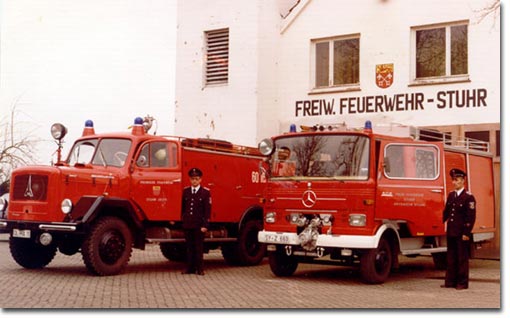
I did not stop to investigate – it was a very big fire – but stepped down on the accelerator to get to the village of Stuhr and call the fire brigade from a public phonebox there. However, before I could make it to the village, I saw the engines of the Stuhr volunteer fire brigade coming towards me, sirens wailing. Those weren't the only fire engines I passed that night nor the only sirens I heard. It was as if every fire brigade in the entire county had been alerted. As happens so often, the sirens and fire engines also attracted spectators and so I saw several cars and people on bicycles heading towards the fire that I had been so eager to leave behind. Whatever had happened in that lonely field just off Kladdinger Straße, it must have been bad.
It was not until I got home and listened to the eight o'clock news that I learned what had happened. For it turned out that a Lufthansa plane en route from Frankfurt to Hamburg had crashed while attempting to land at Bremen airport just before seven PM, only minutes before I drove past the crash site.

Roaring engines and rattling windows:
Worried, I immediately called my aunt and uncle to check if they were okay. Because my aunt and uncle live in a house so close to the airport that they could wave at the plane passengers from their kitchen window, if they wanted to. To my relief, they were fine, but then they live on the other side of the airport from crash site. They also reported that their dinner at shortly before seven PM had been interrupted by the roar of a plane engine that was louder than usual, so loud in fact that the windows and doors and even the cups and saucers on the kitchen table rattled. Then the noise suddenly stopped for a heartbeat or two, before it was followed by a loud boom. And come to think of it, I had heard the same hollow boom a few minutes before I drove past the burning field.

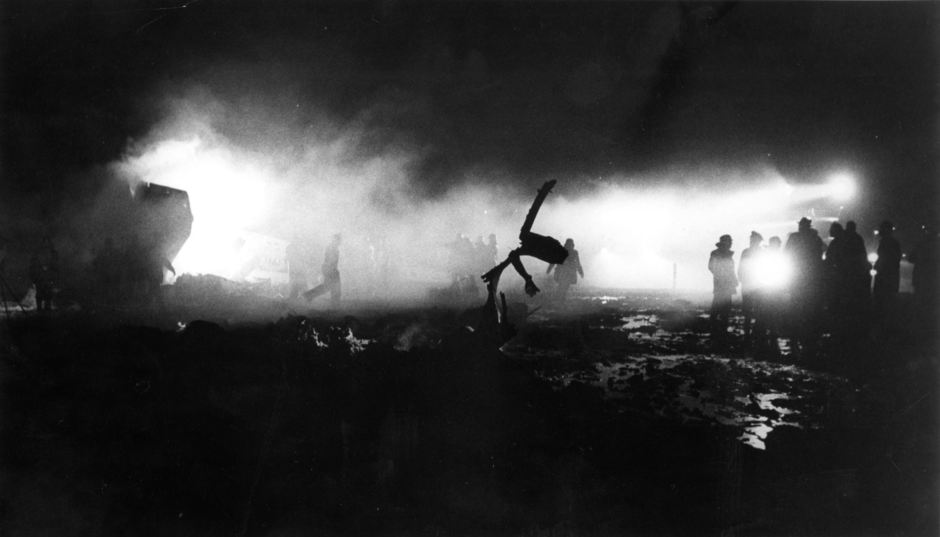
By the following morning, I learned the sad truth. The crash of Lufthansa flight 005 from Frankfurt to Hamburg via Bremen had cost the lives of everybody on board, forty-two passengers and four crewmembers. Nine passengers were Italian, one was Dutch, one was American, the rest were West Germans. It is the fourth crash of a Lufthansa plane since the reestablishment of the airline in 1954 and the worst to date.
A Sequence of Unfortunate Events:
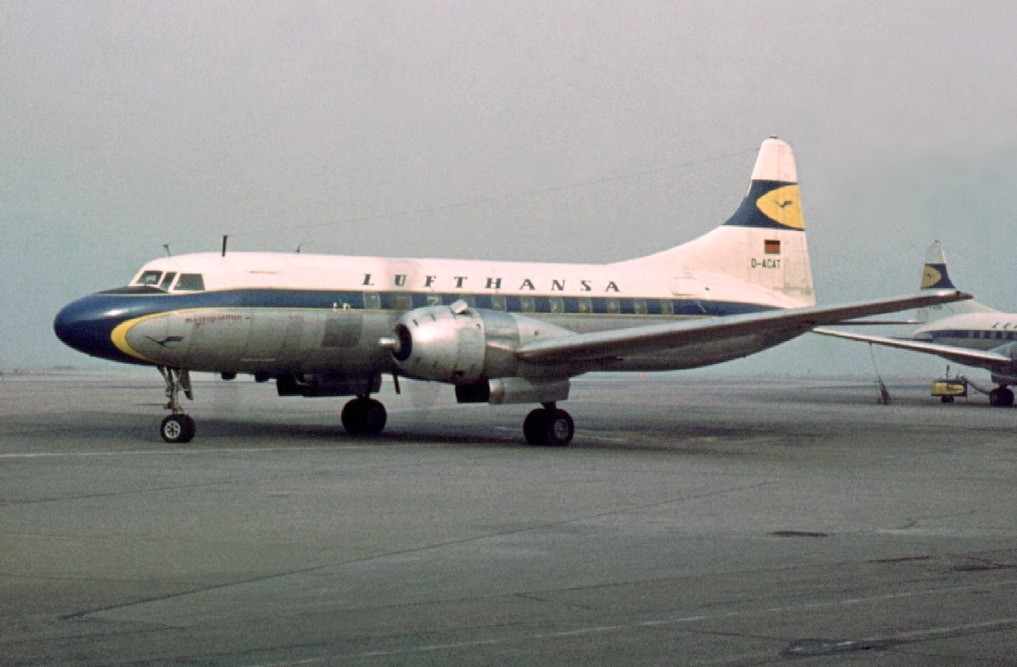
Now, four days on, we have at least a few clues regarding what caused the tragedy in the field just off the Kladdinger Straße. The eight-ear-old Convair CV-440 Metropolitan had entered its final approach to Bremen airport and everything seemed normal, in spite of the low visibility and heavy tail-wind. The cockpit windows may have been iced over as well. The fact that Bremen airport does not yet have a radar system and is not scheduled to be equipped with one until 1970 may have played a role as well.
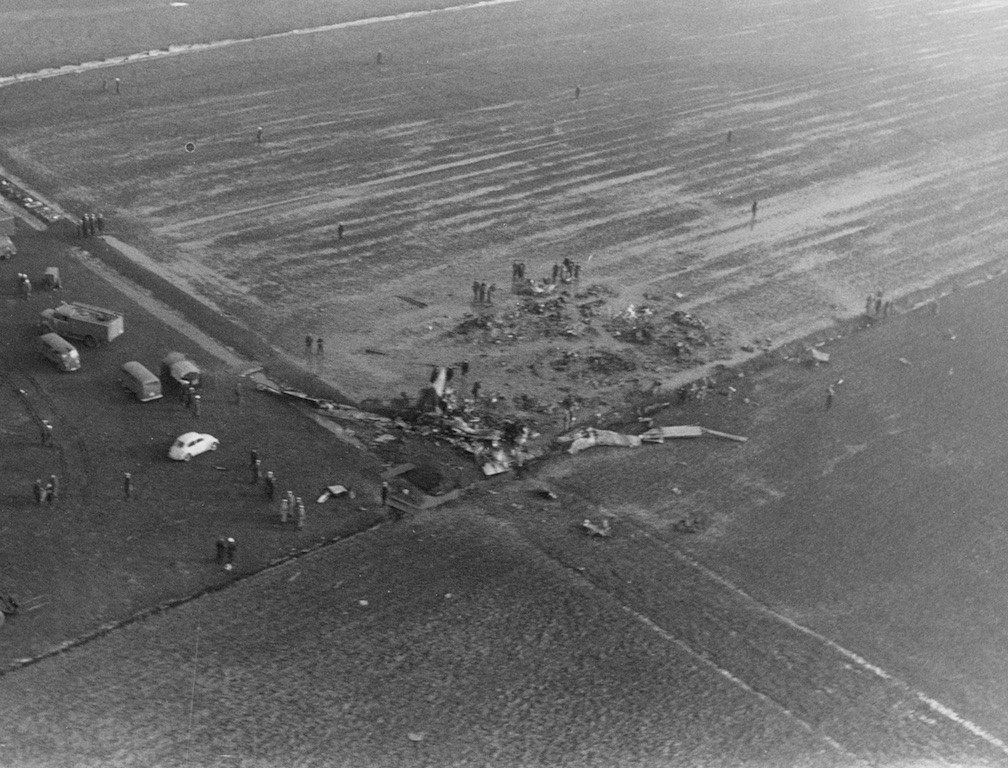
However, once the plane emerged from the low cloud cover, Captain Heinz Saalfeld must have realised that he had overshot the runway, probably due to a defective instrument. He began a go-around manoeuvre only ten metres above the runway and tried to pull up the plane again, though he did not inform the traffic control tower of his intentions. The last time that the tower attempted to contact flight 005 was at 6:50 PM. One minute later, the aircraft crashed. Most likely, Captain Saalfeld and co-pilot Klaus Schadhoff pulled up the plane too quickly, so that the aircraft stalled and crashed into the field just off the runway.
Upon start in Frankfurt, the Convair 440 had been fully fuelled with 3200 litres of kerosine, much more than would have been necessary for the flight to Bremen or Hamburg. The reason for this was that because of the bad weather in North Germany, the pilots wanted to have enough fuel on board to reach an alternate airport in case landing in Bremen or Hamburg would not be possible. Upon impact, the remaining approximately 2500 litres of kerosine on board ignited, causing the massive fire I saw a few minutes later.

Scenes of Horror:
The airport fire brigade as well as several fire brigades from Bremen and the surrounding villages needed forty minutes to extinguish the flames. Once they did, they found themselves faced with scenes of pure horror.
My neighbour Heini Meier is a member of the Seckenhausen volunteer fire brigade, which was called in to help with the fire fighting and rescue efforts. Only to find that there was no chance of rescuing anybody, because everybody on board had died during impact.
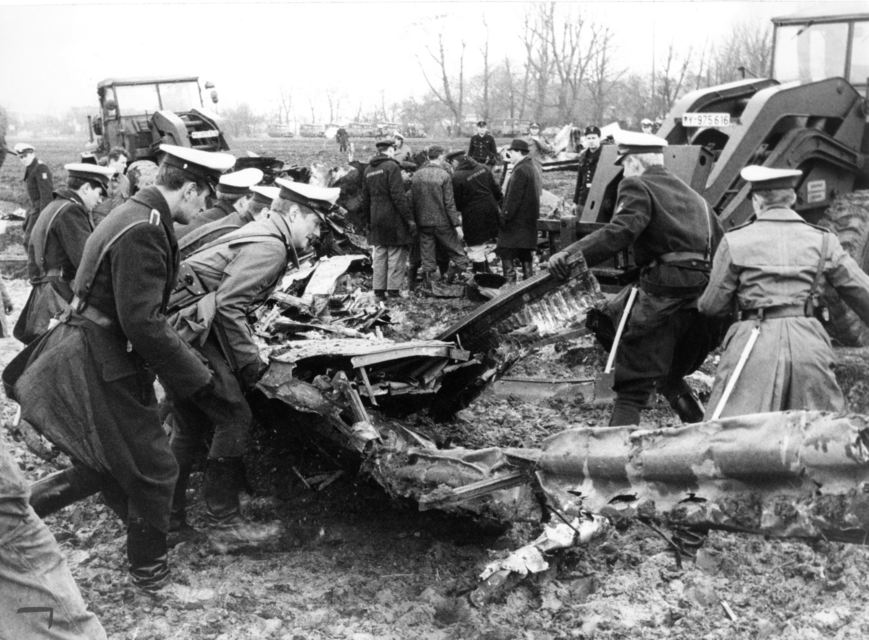
Some of the first people on site, such as a group of teenagers celebrating a birthday in one of the nearby farmhouses and a man walking his dog along the river Ochtum reported that when they reached the crash site, they saw dead passengers still buckled into their seats.
However, by the time Heini Meier made it to the crash site with his fire engine – after being forced to chase spectators out of the way – there were no recognisable bodies left. He did wonder about gleaming spots on the ground in the stark glow of the searchlights. Only when the sun rose the next morning did he realise that he had been walking on charred bodies and that the gleaming he'd noticed in the dark was caused by the jewellery, watches and belt buckles of the dead reflecting the searchlights.
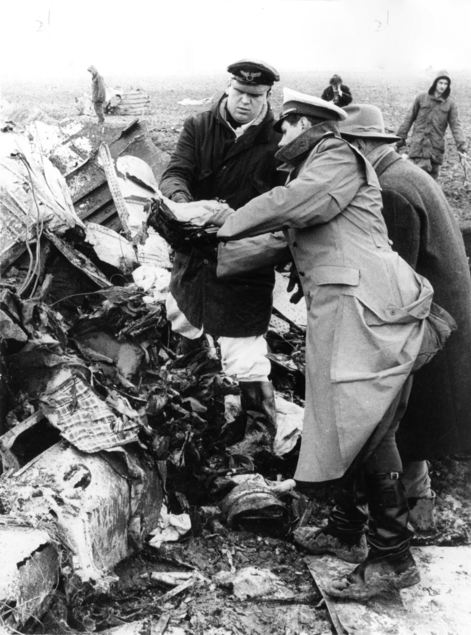
By daylight, the sight was so horrible that even hardened veteran fire fighters who had lived through World War II were shocked. But the grim work was particularly hard on the young fire fighters and the teenaged volunteers of the West German federal disaster relief organisation THW who had been tasked with recovering the bodies. Even the ladies of the Delmenhorst Red Cross station who had been sent to Bremen to provide the helpers with coffee and sandwiches were not spared the horrible sights, because they had to pass through the makeshift morgue to deliver food to the helpers.
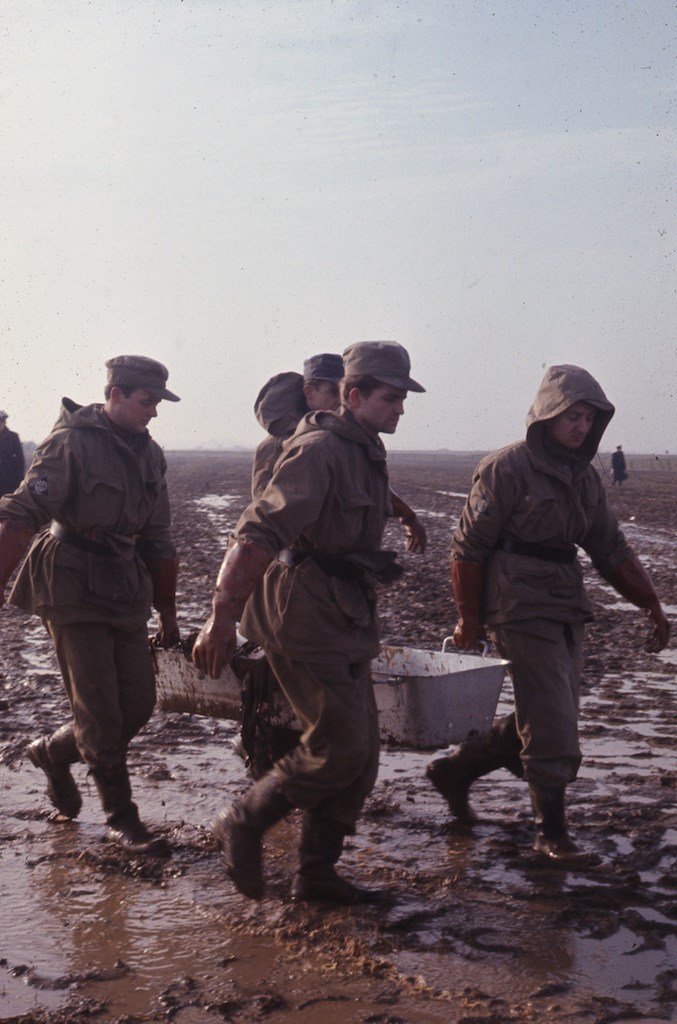
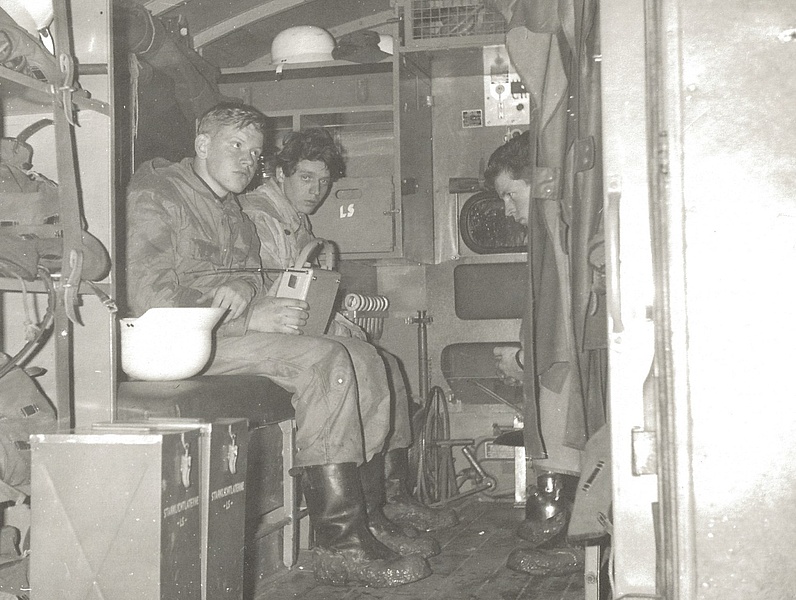
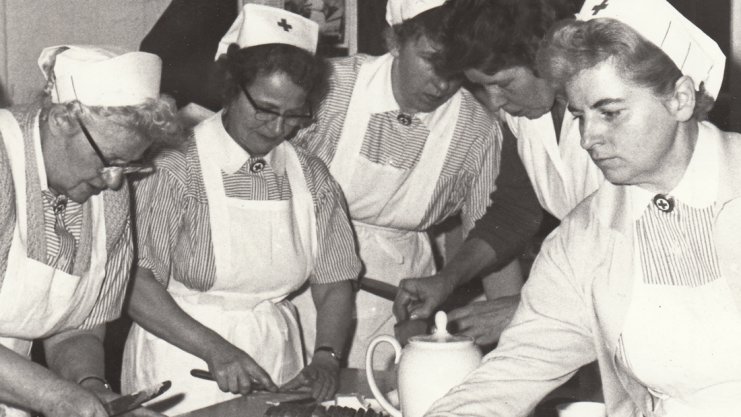
Because of the intense fire, the dead were burned almost beyond recognition and molten nylon from clothing and upholstering was fused to the bodies. Not all of the bodies were still in one piece either. Identifying all of the passengers and crew based on dental records and personal effects will still take weeks, if not longer.
The Victims of Flight 005
But even though many of the bodies have not yet been identified, we know who the people on board of flight 005 were. So here are the stories of some of them:
Pilot Heinz Saalfeld was 48 years old, an experienced veteran who had been a fighter pilot in World War II and had been flying for Lufthansa since 1957.
Co-pilot Klaus Schadhoff was 27 years old and only got his license last year. He trained at the Lufthansa flight school here in Bremen and was hoping to meet his fiancée during the stopover.
27-year-old Lufthansa stewardess Heide Bitterhof was not supposed to be on flight 005 at all. She only switched shifts at the last minute with a colleague who was suffering from a bad toothache.
Another Lufthansa stewardess, 23-year-old Maria Wolf was on leave and wanted to visit her family in the village of Brinkum, only three kilometres from where she died in the field off the Kladdinger Straße.

49-year-old actress Ada Tschechowa was a film and theatre legend. Her mother was the German-Russian silent film star Olga Tschechowa, her great-uncle was none other than the great Russian playwright Anton Chekhov. Ada's daughter Vera has also joined the family business. She has been acting since her teens and even dated Elvis Presley for a while, much to the chagrin of her mother. Ada Tschechowa had largely retired from acting and worked as an agent. She only boarded flight 005 at the very last minute on a VIP ticket, because she wanted to visit her friend, actor Norbert Kappen who was shooting the TV-show Hafenpolizei (Harbour Police) in Bremen.
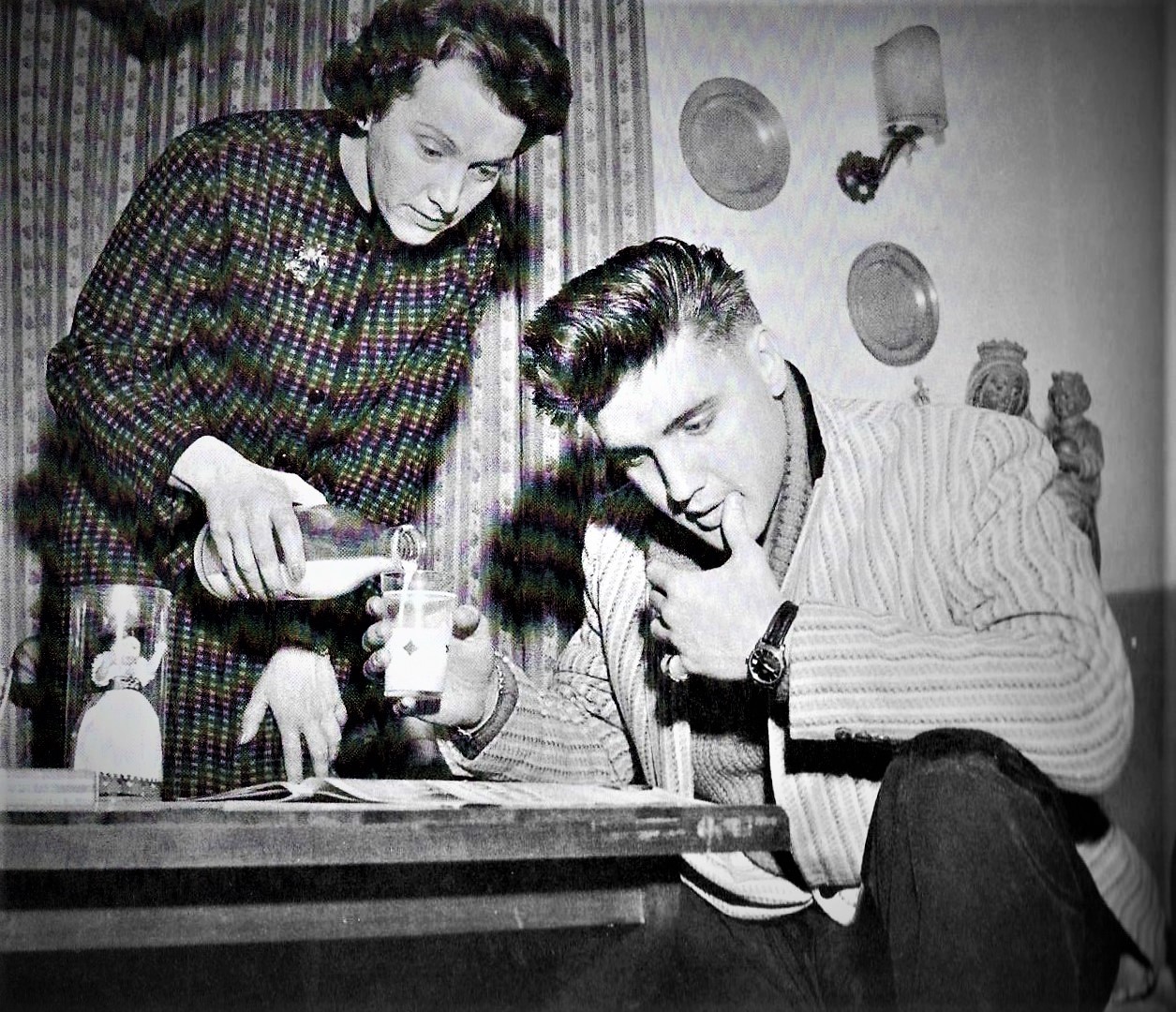
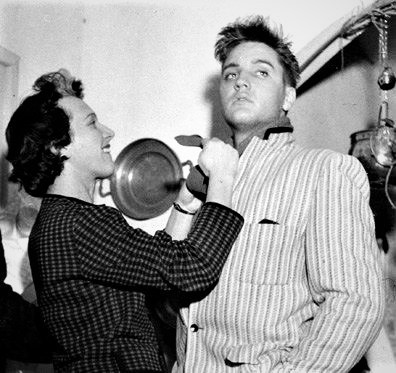
Dr. Hans Schröter, Bernhard Huber and Helmut Stiller were three managers of the AEG household goods and engine factory in Oldenburg. They were on their way back from a business trip.
Kurt Rosiefsky was a Bremen cotton merchant. He, too, was on his way back from a business trip.
41-year-old Friedrich-Karl von Zitzewitz was a member of an aristocratic family that can trace its lineage back to the 12th century. His father was involved in the resistance against the Third Reich and was arrested in connection with the failed assassination attempt on Hitler on July 20, 1944.
Dr. Karl Suchsland was a specialist in the field of material and production science who wrote a seminal paper about wood glue bonding. He was on his way home to Hamburg.

Also on board of flight 005 were seven members of the Italian national swim team as well as their coach Paolo Costoli and the Italian TV reporter Nico Sapio. The young Olympic hopefuls Bruno Bianchi, Dino Rora, Sergio De Gregorio, Luciana Massenzi, Carmen Longo, Amedeo Chimisso and Daniela Samuele were between 17 and 23 years old. The Italian swimming team was not supposed to be aboard flight 005 either. However, their flight from Milan to Frankfurt was delayed due to bad weather, so the team had to take a later flight.
The young Italian swimmers were supposed to compete in the 10th International Swim Festival at the Zentralbad in Bremen. The swimming competition did start two days later with a minute of silence for the dead and flowers placed upon the starting blocks. But the mood at the normally cheerful event was muted by the mourning for the Italian team and the other passengers of flight 005.

Rumours, Suspicions and Speculations:
As always, when something terrible and unexplained happens, speculations were soon running high and the rumour mill was spinning in overdrive.
Did Captain Saalfeld suffer a heart attack during the failed go-around manoeuvre and is this why he did not reply to the hails of the tower?
What about the mysterious pliers that were found at the body of co-pilot Klaus Schadhoff? Was Schadhoff trying to carry out some last second repairs during a risky flight manoeuvre? And where did he get the pliers, since Lufthansa has confirmed that they were not part of the onboard tool kit?
Another persistent rumour is that the pliers belonged to one of the passengers and that this passenger stormed the cockpit and attacked the pilots during the final approach. After all, the body of co-pilot Klaus Schadhoff was found several metres away from Captain Saalfeld, entangled with the body of a still unidentified male passenger. Was Schadhoff engaged in a desperate struggle in those final few seconds of flight 005? Is this why neither Saalfeld nor Schadhoff responded to the hails of the tower?
My neighbour Heini Meier believes that even though the above makes for an exciting story for the tabloids, it's very likely wrong, because the impact was so strong that bodies, aircraft fragments, luggage and personal effects were all jumbled together at the crash site. The mysterious pliers might have been hurled out of someone's luggage and the passenger whose body was found entangled with that of the co-pilot may not have been wearing his seatbelt and was therefore thrown out of his seat upon impact.
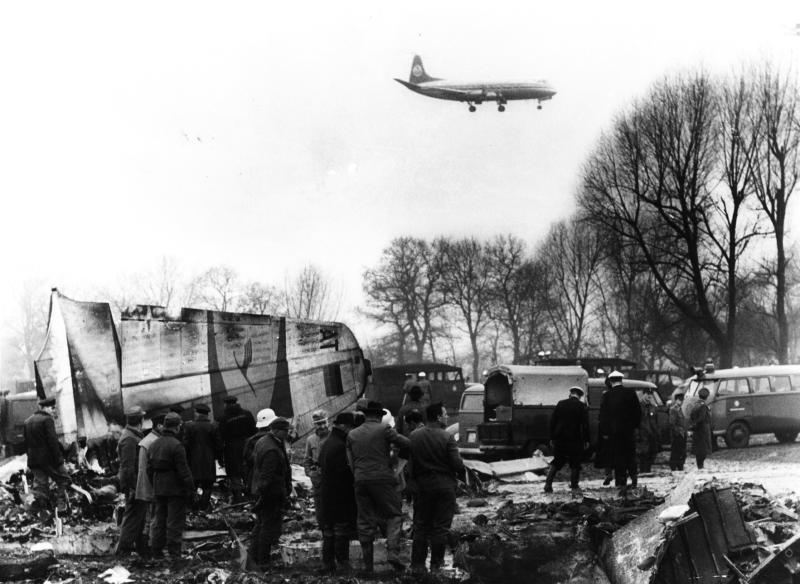
Technology to the Rescue?
Part of the reason why it's so difficult to determine what exactly happened during those fatal final minutes aboard flight 005 is that the Convair 440 was neither equipped with a flight data recorder nor with a cockpit voice recorder, even though the technology has been in existence for more than ten years now and cockpit voice recorders are already mandatory in Australia and the US.
Would a flight data and cockpit voice recorder have prevented the crash of flight 005? No, but they would have helped accident investigators to determine what exactly the cause of the crash was and how to keep it from happening again.
Another question is if the crash could have been prevented, if Bremen airport had already been equipped with a radar system. And in fact, I find it shocking that Bremen airport still doesn't have a radar system and won't get one until 1970, even though we are prone to bad weather and low visibility conditions. Because even if a radar system could not have prevented the crash itself, it could have kept Captain Saalfeld from overshooting the runway, which was the reason for the fatal crash in the first place.
The crash might also have been averted, if the runway at Bremen airport had been longer, so that Captain Saalfeld could have landed on the first attempt. And indeed, there are plans to extend the runway and expand the airport in response to the growth in air traffic. With jet planes becoming increasingly common and supersonic air travel imminent, expanding the airport and extending the runway seems like the path forward.
However, there are problems. Bremen airport was opened in 1920 and in the forty-six years since then, the city has steadily encroached upon the airport. So the only way to expand is towards the south west, where the river Ochtum is in the way. There are proposals to move the river Ochtum and the Kladdinger Straße, but those plans will take years, if not decades to become reality.
In spite of tragedies like the flight 005 crash, air travel is still the safest form of travel. However, technology can help to make air travel even safer and maybe even prevent such tragedies in the future.

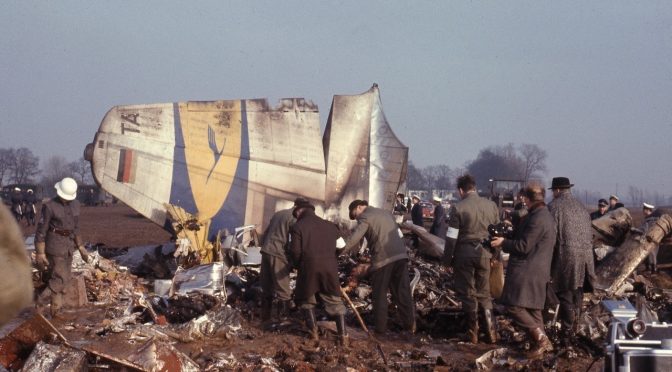
Thank you for this write up. Excellent reporting on a real tragedy.
Thank you.
Please keep writing Cora. And PLEASE don't take the lethal injection vaccine that the awful globo schlomos are peddling. I tell everybody this. As a sidenote, I refuse to fly. Why? Because I'm not in control. I'm in the U.S. If I wanted to travel to Europe, I would put snow chains on my tires and drive over the ice cap befoie I'd fly. I trust my Chevy Blazer more than a Convair 440 hands down. Still, good write up and keep it Germanic my friend.